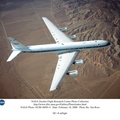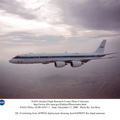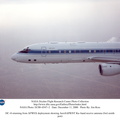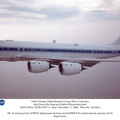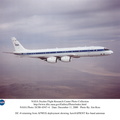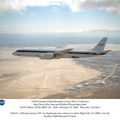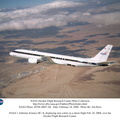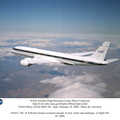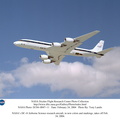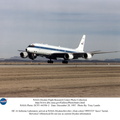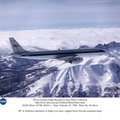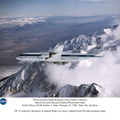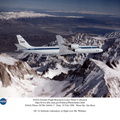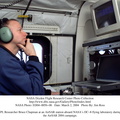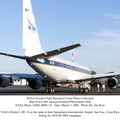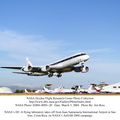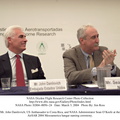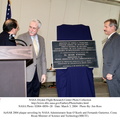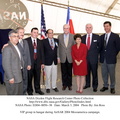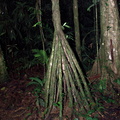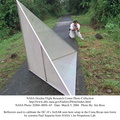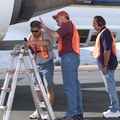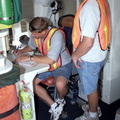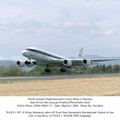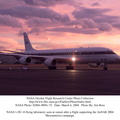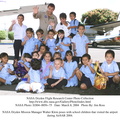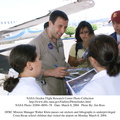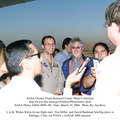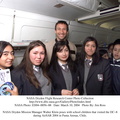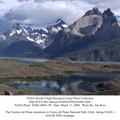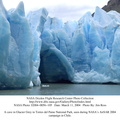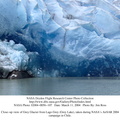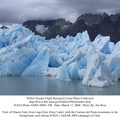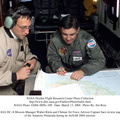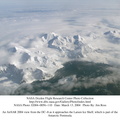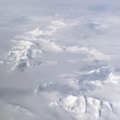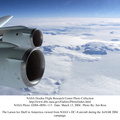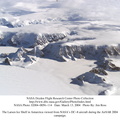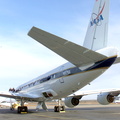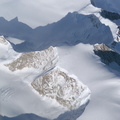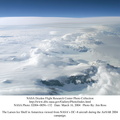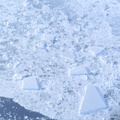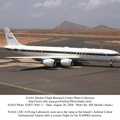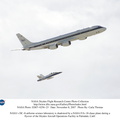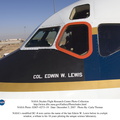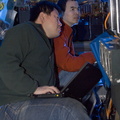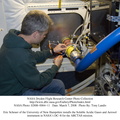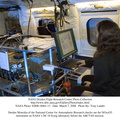
WIKIARCHIVES.SPACE
The Human Spaceflight Archive

This photo shows NASA's DC-8 being pushed out of the Arena Arctica hangar in Kiruna, Sweden for the second flight of the SAGE III Ozone Loss and Validation Experiment (SOLVE). One of Dryden's high-flying ER-2 Airborne Science aircraft, a civilian variant of Lockheed's U-2, and another NASA flying laboratory, Dryden's DC-8, were based north of the Arctic Circle in Kiruna, Sweden during the winter of 2000 to study ozone depletion as part of SOLVE. A large hangar built especially for research, "Arena Arctica" housed the instrumented aircraft and the scientists. Scientists observed unusually low levels of ozone over the Arctic during recent winters, raising concerns that ozone depletion there could become more widespread as in the Antarctic ozone hole.
Information
- Taken in
- Edwards Air Force Base
- المؤلف
- NASA
- Description
-
This photo shows NASA's DC-8 being pushed out of the Arena Arctica hangar in Kiruna, Sweden for the second flight of the SAGE III Ozone Loss and Validation Experiment (SOLVE). One of Dryden's high-flying ER-2 Airborne Science aircraft, a civilian variant of Lockheed's U-2, and another NASA flying laboratory, Dryden's DC-8, were based north of the Arctic Circle in Kiruna, Sweden during the winter of 2000 to study ozone depletion as part of SOLVE. A large hangar built especially for research, "Arena Arctica" housed the instrumented aircraft and the scientists. Scientists observed unusually low levels of ozone over the Arctic during recent winters, raising concerns that ozone depletion there could become more widespread as in the Antarctic ozone hole.
The NASA-sponsored international mission took place between November 1999 and March 2000 and was divided into three phases. The DC-8 was involved in all three phases returning to Dryden between each phase. The ER-2 flew science collection flights between January and March, remaining in Sweden from Jan. 9 through March 16.
"The collaborative campaign will provide an immense new body of information about the Arctic stratosphere," said program scientist Dr. Michael Kurylo, NASA Headquarters. "Our understanding of the Earth's ozone will be greatly enhanced by this research."
- Created on
- ألبومات
- US SPACE PROGRAM / AERONAUTICS RESEARCH / DC-8
- Source link
- https://www.dfrc.nasa.gov/Gallery/Photo/DC-8/index.html
- زيارة
- 9
- درجة تصنيف
- لا يوجد تقيم
- قيم هذه الصورة
- License
- Public Domain
- Modified by WikiArchives
- No (original)
- Downloads
- 0
مدعوم من Piwigo



